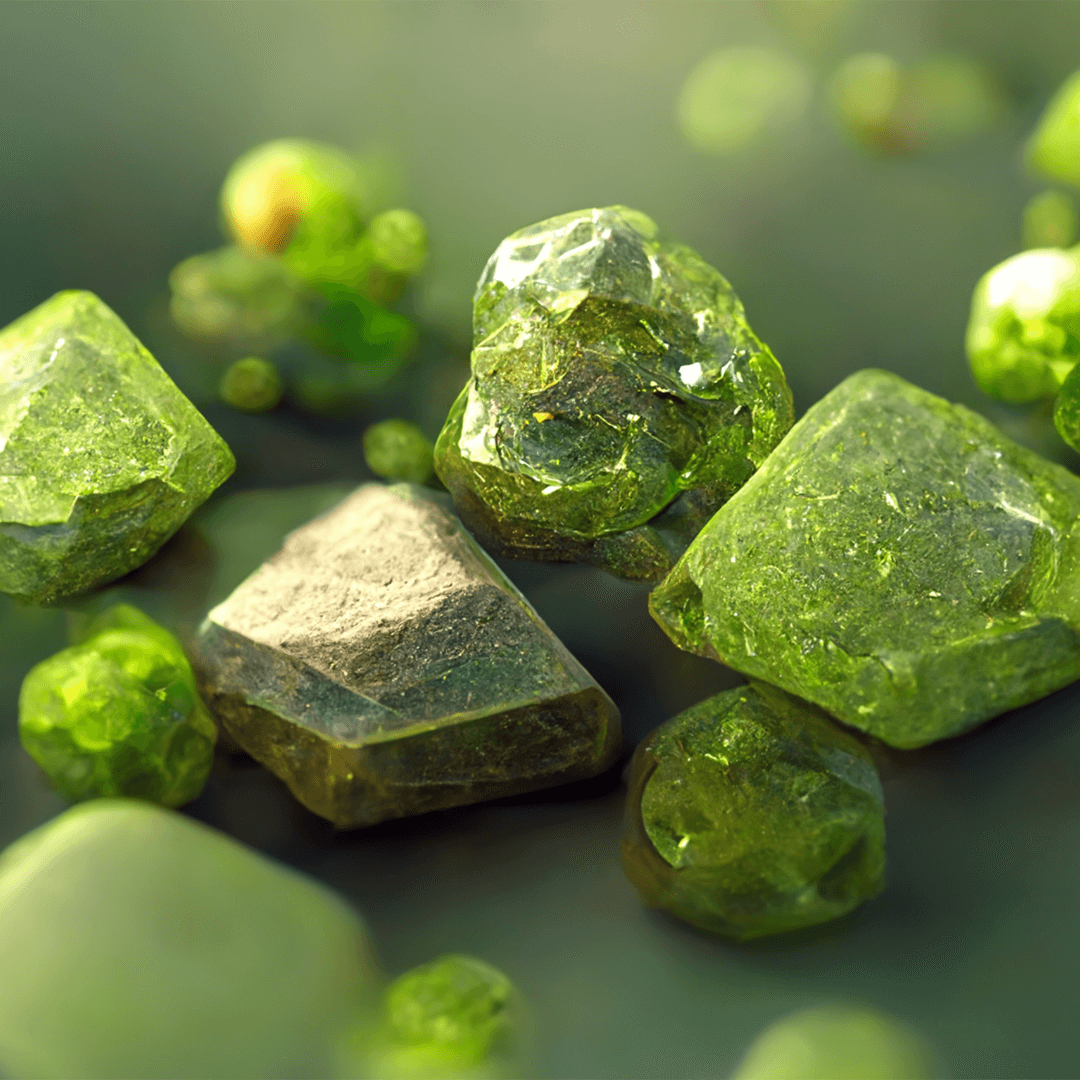
Peridot: The August Birthstone
With its name taken from the Arabic word "faridat" - which means 'gem' - Peridot is the birthstone for the month of August.
Showcasing a yellowish green to greenish yellow colour, Peridot is a variety of the mineral olivine, and throughout history has often been confused with other gems such as topaz and emerald - with some historians even speculating that Cleopatra's famous emerald collection may have actually been comprised of Peridot.
For centuries Peridot has been used as a protective talisman, said to shield the wearer from evil spirits and "terrors of the night". Valued in many ancient and medieval cultures, Peridot is said to have appeared in priest's jewellery as early as the second century BCE.
Although most of the Peridot found in jewellery today comes from sources including China, Pakistan, Tanzania, Vietnam and the USA, some Peridot gems journeyed to Earth on meteorites, while others are found in exotic locations such as Papakolea Beach in Hawaii, where the sands shimmer a luminous green.
The oldest recorded source of Peridot is the Egyptian island of Zabargad (the name now given to Topazios). With mining there said to have begun around 340 - 279 BCE, the island produced highly desirable gems even in its harsh conditions.
Myanmar (previously known as Burma) is also an important source of Peridot. On the northern slope of Kyaukpon, a mountainous region near the gem city of Mogok, loose peridot crystals can sometimes by found in crevices, with the finest quality Peridot from this location being deep in colour with superb transparency.
Peridot Specifications
Mineral: Olivine
Chemistry: (MgFe)2SiO4
Colour: Yellowish green
Refractive Index: 1.65 to 1.69
Birefringence: 0.035 to 0.038
Specific gravity: 3.34
Mohs Hardness: 6.5 to 7
Also given as a gift for the 16th wedding anniversary, at Brufords we hold in stock a stunning selection of Peridot jewellery perfect for those August birthdays.
Visit us online HERE, or shop our full collection in-store at The Beacon, Eastbourne.
Information Taken From The GIA (Gemological Institute of America)
Images

